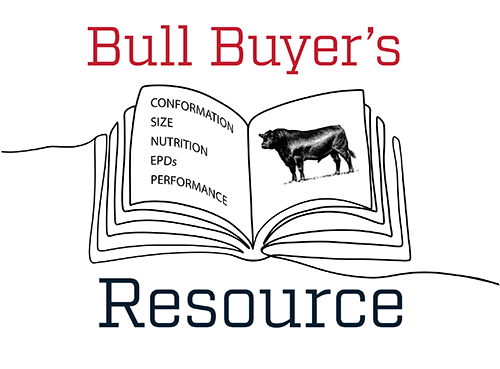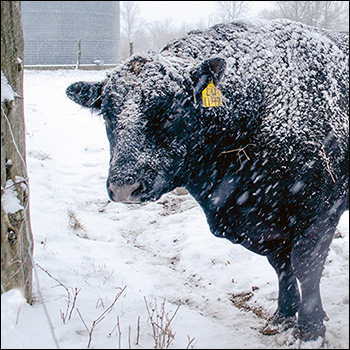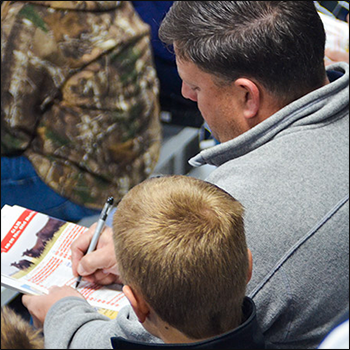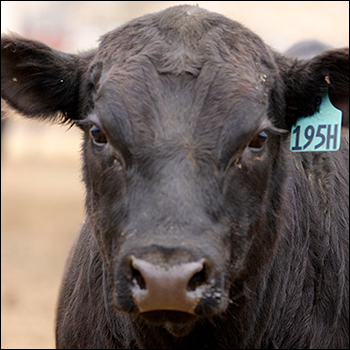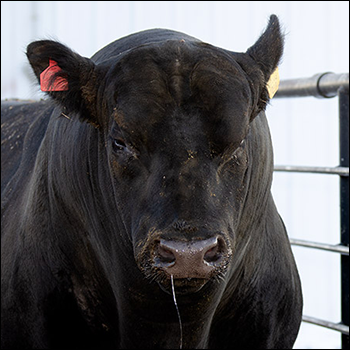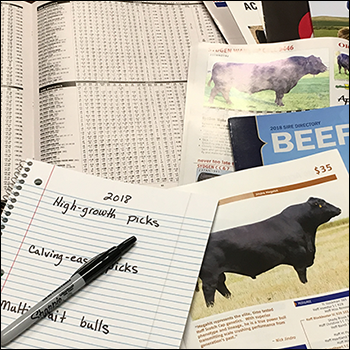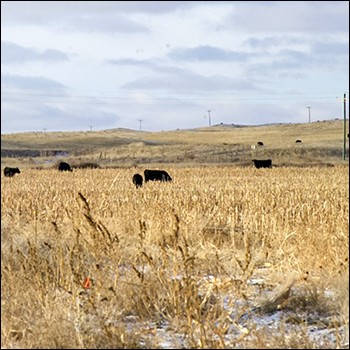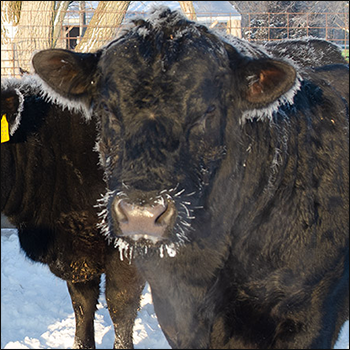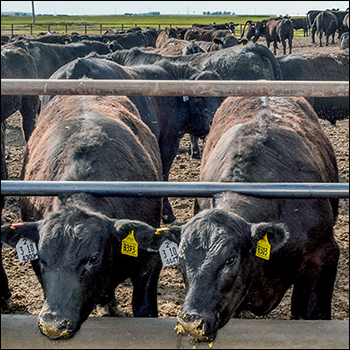In The Cattle Markets
Pricing 2022 calves is based on 2023.
During December of 2020 the price for 500- to 600-pound (lb.) steers in South Dakota briefly averaged above $190 per hundredweight (cwt.) for a couple of weeks, a level last observed in early 2016. The value of calves depends on the expectations for their ultimate value as finished animals. Thus, the price of calves expected in 2022 depends on where the trade thinks the price of fed cattle will be in mid-2023. The Livestock Marketing Information Center (LMIC) projections have the price of fed cattle higher in 2022 than in 2021 with a further increase expected in 2023. That bodes well for calf price expectations and the LMIC projections are for higher calf prices in 2022, but prices can still fluctuate.
There are several ways to transfer the risk of changing prices partially or fully to other market participants prior to the typical time of year when calves are sold (often November in the Northern Plains). A common way to transfer some risk is to use forward contracts — selling calves for delivery at a later time. Those are uncommon until late spring and early summer. Until then, the futures and options markets are more likely choices. Livestock Risk Protection (LRP), or price insurance, is another choice.
There is no futures contract on calves, so the feeder-cattle contracts are used with adjustments for basis or the price differential expected on calves vs. heavier feeder cattle. The basis on calves followed a seasonal pattern in 2021, with the cash price for calves in South Dakota trading at a premium to the nearby feeder-cattle futures price. The basis was at its widest level of $36.83 per cwt. in March and at its narrowest level of $18.04 per cwt. in November.
Basis tends to be strong in South Dakota, reflecting its strategic location between cow-calf production and corn production regions. Basis is also tricky — it can follow averages like those for fed and feeder cattle. However, basis for calves also reflects the values of feedstuffs like corn and hay that are needed to grow the calves to feeder weights. The current LMIC price projections for corn and hay are lower in 2022-2023 than in 2021-2022. That would imply a wider basis could be expected in November of 2022 on calves than was observed in November of 2021.
Currently there are futures listed through November of 2022, but the trading volume and open interest is low relative to the nearby contracts. Options are also trading through November, but most of the strike prices for that month have open interest in the single digits. An option pricing calculator would be helpful to come up with a fair bid price, to be used with a limit order, if a floor price is desired using options. Currently there are LRP quotes out through the end of October of 2021. LRP was modified to include coverage for unborn calves, which may make it more useful for producers. Note that the regular futures and options contracts cover 50,000 lb. or 90-100 head of calves. LRP is purchased on a per-head basis, so it can be a cost-effective choice.
Editor’s note: Matthew Diersen is a risk and business management specialist at the Ness School of Management & Economics at South Dakota State University.

Angus Proud
In this Angus Proud series, Editorial Intern Jessica Wesson provides insights into how producers across the country use Angus genetics in their respective environments.
 Angus Proud: Bubba Crosby
Angus Proud: Bubba Crosby
Fall-calving Georgia herd uses quality and co-ops to market calves.
 Angus Proud: Jim Moore
Angus Proud: Jim Moore
Arkansas operation retains ownership through feeding and values carcass data.
 Angus Proud: Les Shaw
Angus Proud: Les Shaw
South Dakota operation manages winter with preparation and bull selection.
 Angus Proud: Jeremy Stevens
Angus Proud: Jeremy Stevens
Nebraska operation is self-sufficient for feedstuffs despite sandy soil.
